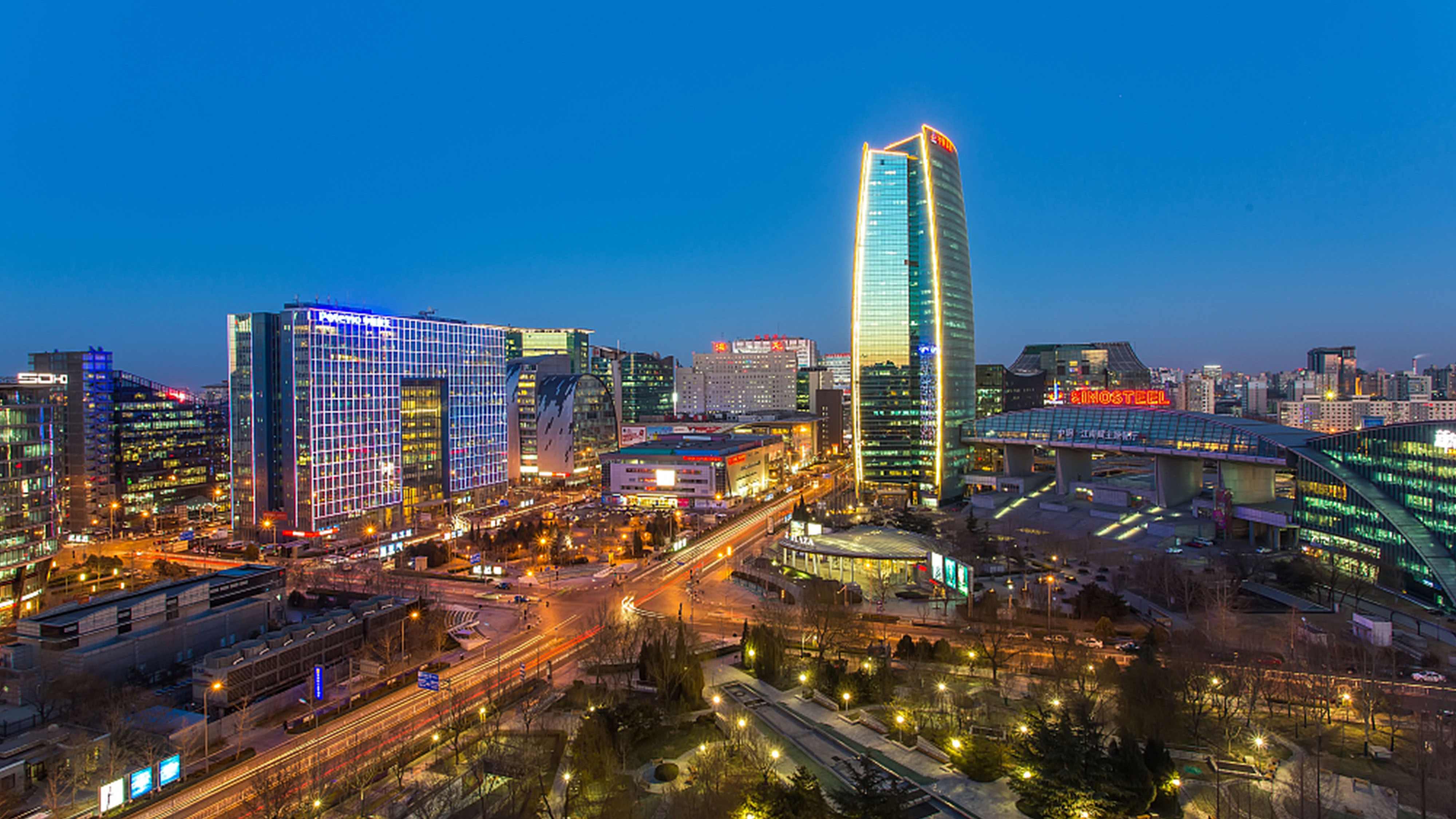
Business
16:59, 31-Dec-2018
An epic expedition: 40 years of reform and opening-up
Updated
16:19, 03-Jan-2019
By You Yang, Li Qi
02:48

What changes can 40 years bring?
A sapling can grow into a mighty tree, 30 meters high…
...a baby into a middle-aged person, with children of their own.
Then how about a country?
In 1978, China's gross domestic product was just over 360 billion yuan, or 245 billion U.S. dollars at the then exchange rate. It accounted for only about 1.7 percent of the world's economy. The per capita disposable income was less than 200 yuan. Only 270,000 students were able to go to university. Shenzhen, as a showcase for China's reform and opening-up, had just 30,000 people.

CGTN Photo
CGTN Photo
Forty years later, China's GDP has surged to over 82 trillion yuan, or 12 trillion U.S. dollars, accounting for about a fifth of the world's total output. People's disposable income increased to about 26,000 yuan in 2017. And more than 7 million people received a higher education. Today, Shenzhen is a city of more than 10 million residents and home to nearly 100 of the world's largest companies.
Great changes spring from great decisions.

CGTN Photo
CGTN Photo
In 1978, then-Chinese leader Deng Xiaoping decided to set the country on the course of what was called "reform and opening-up". It meant the country was entering a new era of pragmatic economic development. Six years later, Deng embarked on his first so-called "southern trip". It took him to Shenzhen, Zhuhai and Xiamen: China's first three special economic zones, the pioneers of the country's broader liberalization.
Economic development brings national greatness.

CGTN Photo
CGTN Photo
On July 1, 1997, the former British colony Hong Kong returned to China. Two years later, Portuguese colony Macao followed suit. In November 2001, China joined the World Trade Organization, which meant the country's market of 1.3 billion people integrated into the multilateral trading system. In 2008, Beijing hosted a hugely successful Summer Olympics, highlighting China's arrival on the world stage. The following year, China's high-speed "Fuxing" train made its debut.
2013 was a huge year for the central government. It vowed to further deepen all-round reform, as the Shanghai Free Trade Zone was officially opened.
Two years later, the country launched its "Millennium Strategy" to build the Xiong'an New Area. Located 100 kilometers southwest of Beijing, it will serve as a development hub for the Beijing-Tianjin-Hebei economic triangle.
The same year, China held its first-ever Belt and Road Forum for International Cooperation -- to brainstorm on interconnected development, and outline a roadmap for the massive project.
In 2018, China opened the world's longest sea-crossing bridge and tunnel, linking the financial centers of Hong Kong, Macao and Zhuhai at the heart of southern China's Greater Bay Area. This year also saw the first ever "China International Import Expo" in Shanghai, where the country showcased its burgeoning market and spending power to the world.
Chinese President Xi Jinping commented on the achievements made by Chinese people during the past 40 years: he said that Chinese people had the courage to explore and do solid work. With a pioneering and innovative spirit and self-reliant tenacity, they built China into the second largest economy in the world. "China's open door will not close; it will only open wider and wider," said the Chinese leader.

CGTN Photo
CGTN Photo
On December 18, China held a commemorative ceremony to celebrate the 40th anniversary of China's reform and opening-up. One hundred workers were given the title "Pioneer of Reform" for their outstanding contributions. Ten foreigners also received Friendship Awards for their efforts.
At the grand gathering, Xi Jinping once again called on the Chinese people to join their efforts to create greater wonders in the new era. "Turning China into a great modern socialist country and achieving national rejuvenation is like a relay race, in which the baton is passed down from generation to generation," he said.

SITEMAP
Copyright © 2018 CGTN. Beijing ICP prepared NO.16065310-3
Copyright © 2018 CGTN. Beijing ICP prepared NO.16065310-3